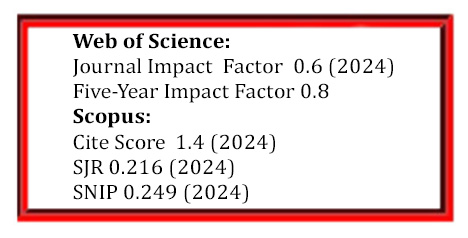Fabrication of Cu6Sn5 Intermetallic Nanoarrays on Cu Wires and Electrochemical Detection of Uric Acids
DOI:
https://doi.org/10.5755/j02.ms.42393Keywords:
surface alloying, chemical dealloying, Cu6Sn5 intermetallics, differential pulse voltammetry, uric acidAbstract
Stepwise process, including surface alloying in molten tin and chemical dealloying, has been employed to fabricate Cu6Sn5 intermetallic arrays sensors to uric acid. The Cu6Sn5 intermetallics (IMCs) form through the interdiffusion of Sn into Cu during the liquid-solid reaction at 300 ºC during immersion of Cu wire in molten Sn, which triggers the bottom-to-up ordered alignments and better interface strength. The Cu6Sn5 IMC arrays are leached out through the selective dissolution of embedded Sn in the voids and Sn shell during the chemical dealloying. The formation of the Cu6Sn5 IMC arrays is governed by the micro-coupling effects. On the basis of differential pulse voltammetry (DPV) measurements, the Cu6Sn5 IMC arrays, as an electrochemical sensor, possess a sensitivity of 0.0184 mA mM, which is 16 times higher than the original Cu wires. The enhanced sensitivity is attributed to the increased surface area and improved oxidation kinetics of Cu6Sn5 IMC nanoarrays.
Downloads
Published
Issue
Section
License
The copyrights for articles in this journal are retained by the author(s), with first publication rights granted to the journal. By virtue of their appearance in this open-access journal, articles are free to use with proper attribution in educational and other non-commercial settings.



